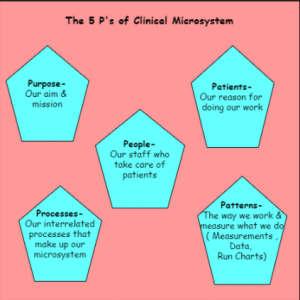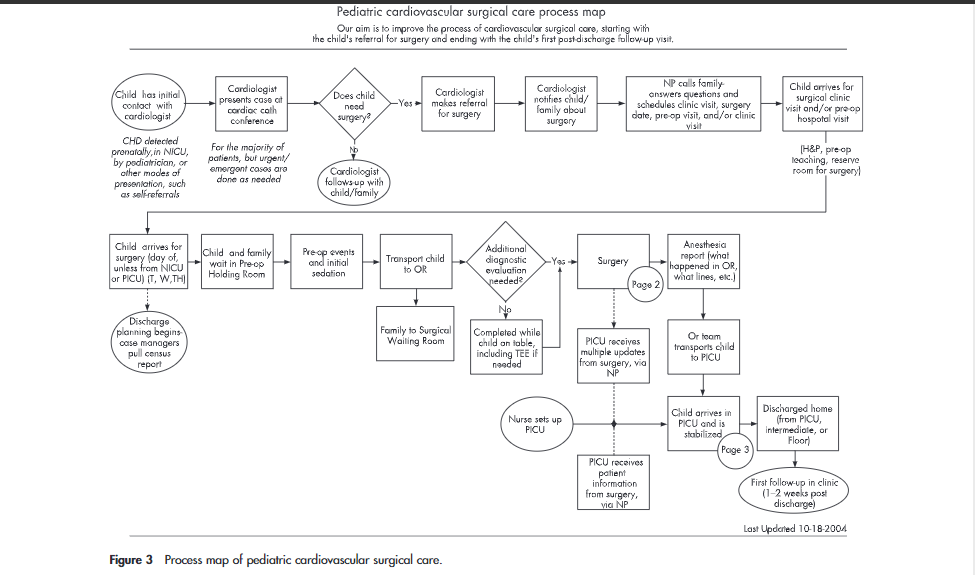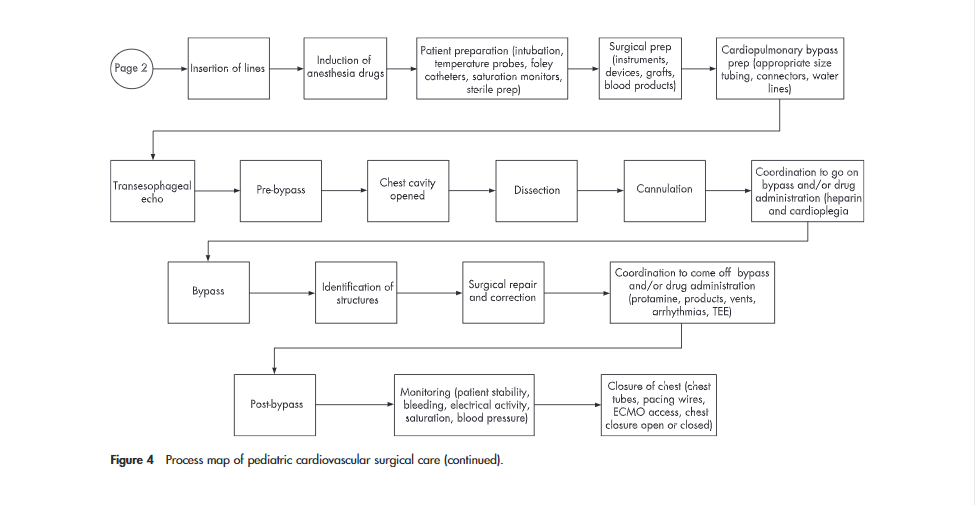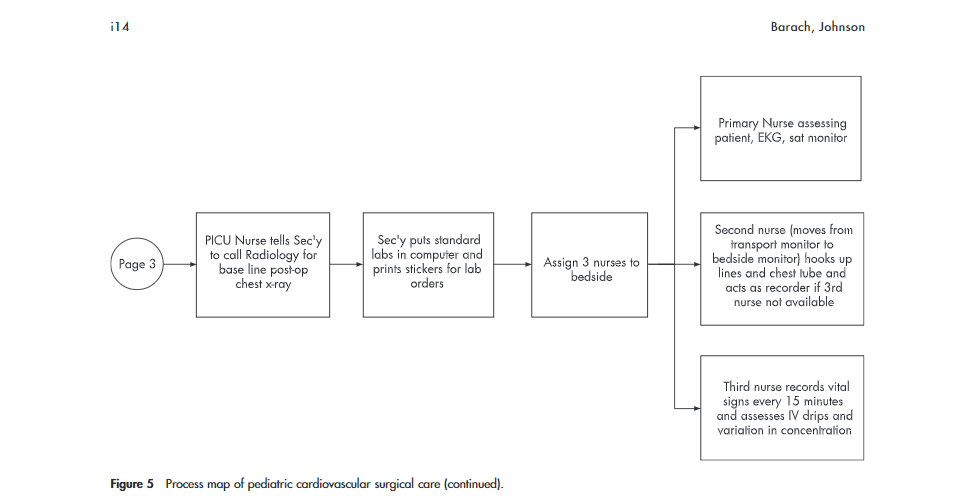A healthcare Clinical Microsystem is a group of professional who work together on a regular basis, or as needed to provide care to discrete populations of people.

The idea is based on the fact that smaller teams of professionals can work interdependently to provide quality patient care experience. The essential elements of the microsystem include patients, clinicians and support staff, information and information technology and the care processes.
What is Microsystems Thinking?
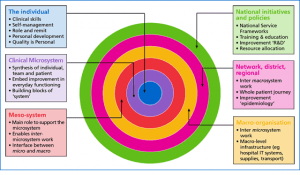 Microsystems thinking was introduced by statistician and consultant Dr. Deming and business school professor James Byron Quinn. This concept makes some organisational assumptions
Microsystems thinking was introduced by statistician and consultant Dr. Deming and business school professor James Byron Quinn. This concept makes some organisational assumptions
- Bigger systems (macrosystems) are made of smaller systems.
- These smaller systems (microsystems) produce quality, safety, and cost outcomes at the front line of care
- Ultimately the outcome of the macrosystem can be no better than the microsystems of which is it composed.
 A successful microsystem has good leadership that is distributed to the front line staff, staff which is able to empower improvement, have a patient centred approach in the improvement and a way to measure the performance of the system
A successful microsystem has good leadership that is distributed to the front line staff, staff which is able to empower improvement, have a patient centred approach in the improvement and a way to measure the performance of the system
How to assess the effectiveness of clinical microsystems?
The effectiveness of a clinical microsystem can be assessed using the 5 P’s of clinical microsystem
How can the microsystems approach be used in healthcare?
It is necessary to understand the clinical microsystem at the process level. At the process level it provides a conceptual and practical framework for approaching organizational learning and delivery of care.
The clinical outcome of care consists of the core processes ( the basic work that involves patient care) and supporting processes ( that makes the core processes functional and operational) that would be required to provide care. The process can be detailed by using process mapping tools. Laying out the process can be used to identify potential areas of improvement on the system that is producing the processes and outcomes.
The microsystem does not focus exclusively on outcomes; rather gives comparable attention to process and structure, to the linkages among them, and to how they interact to respond to meet the needs of the patient population.
Here is an example of a process map to understand a microsystem designed to provide cardiovascular surgery care for children.
The power of such maps is that it can be used to analysed to generate improvement ideas like:
- What is the goal of the process?
- Is the process working like it should?
- Are there any obvious redundancies or complexities?
- How different is the current process from the ideal process?
- What are the various factions within the larger group, and how does this division support/ hinder more effective processing of patient care?
- What are the workarounds to the proscribed process?
Let us look at another example of service and information flow within the microsystem. This diagram shows the core process flow of patients in a microsystem and how planned services and planned care is designed to meet the individual patient needs.
References:
-
Understanding the complexity of redesigning care around the clinical microsystem
-
S.A.F.E. Toolkit Module 1 – Translating quality improvement into action
- Microsystems in Health Care: Part 4. Planning Patient-Centered Care
